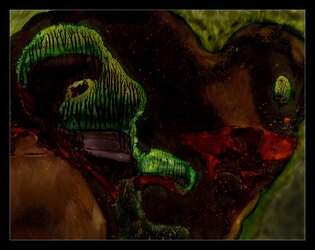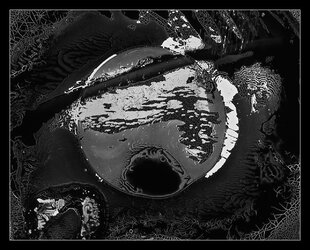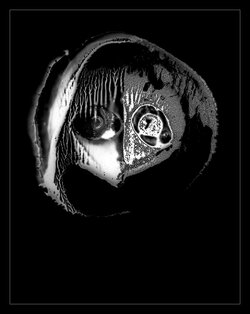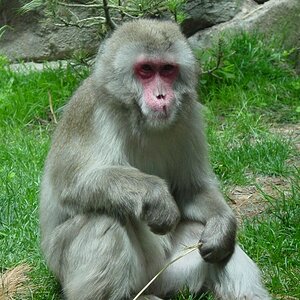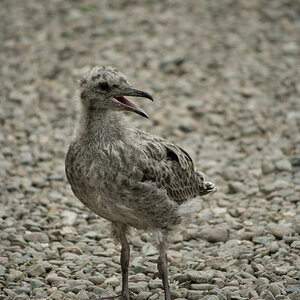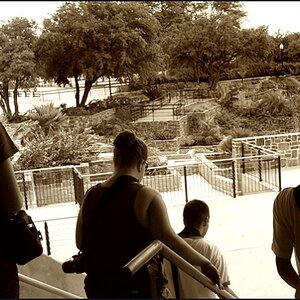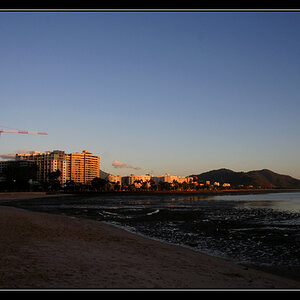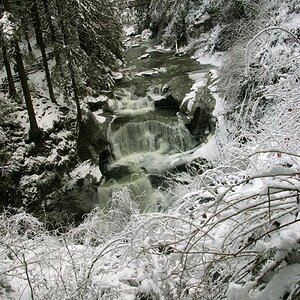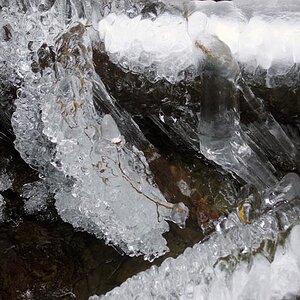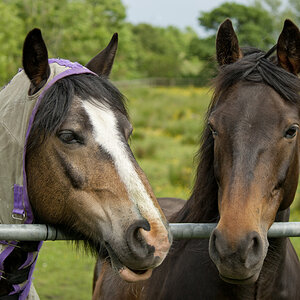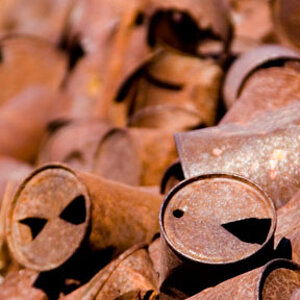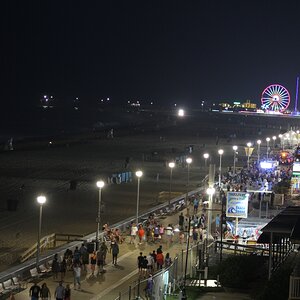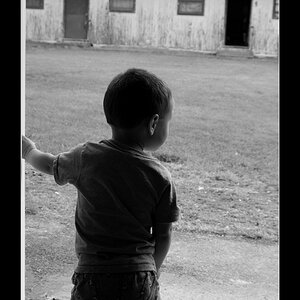Murray Bloom
No longer a newbie, moving up!
- Joined
- Jun 6, 2007
- Messages
- 440
- Reaction score
- 85
- Location
- Baltimore, MD
- Website
- www.murraybloomphoto.com
- Can others edit my Photos
- Photos NOT OK to edit
This thread has been sort of a trip down memory lane for me. When I first began doing commercial studio photography (early '70s), I often fooled around to see what my equipment was capable of.
Then, as now, I was a Nikon shooter, with the occasional foray into medium and large format photography for certain assignments. I had just procured what I believe was Nikon's first zoom lens, their 85-250mm f4.0-4.5 (circa 1959). It had already been supplanted by their much smaller and lighter 80-200mm f4.5, another push-pull zoom which was quite popular in its day. However, the older lens was a monster. Well over a foot long, plus the hood, and nearly 4.5 lbs.; oddly, a walkaround lens at the time, nearly as big and heavy as my present day 200-500mm zoom. But I digress.
So, I wanted to see if I could photograph this lens close-up from the front, while keeping everything from the lens hood to the camera body in sharp focus, which was seemingly impossible. Undeterred, I whipped out my Linhof 4x5 view camera and gave it a shot. Nowadays, many would use focus stacking to achieve a similar result, but the technique didn't exist then. Here's the result, scanned from an 11x14 print, as I'd lost the negative over the years:

I've always been sort of a sharpness nut, often preferring to let the viewer decide where to look, rather than leading them by the nose. While I will use depth of field for creative or contextual effect, I often strive for universal focus, as in the following image, where it was important to me to keep the two small plants at the lower right in focus, since they represented the only life in the scene:

My point is (I suppose) that I've never actually needed to focus stack, even when shooting macro, since there always seems to be an optical path to the depth of field that I need. Note the tiny bug in the picture below, smaller than the head of a pin:

All in all, while focus stacking has its place for many photographers, there's still something to be said for aperture control and hyperfocal shooting.
Then, as now, I was a Nikon shooter, with the occasional foray into medium and large format photography for certain assignments. I had just procured what I believe was Nikon's first zoom lens, their 85-250mm f4.0-4.5 (circa 1959). It had already been supplanted by their much smaller and lighter 80-200mm f4.5, another push-pull zoom which was quite popular in its day. However, the older lens was a monster. Well over a foot long, plus the hood, and nearly 4.5 lbs.; oddly, a walkaround lens at the time, nearly as big and heavy as my present day 200-500mm zoom. But I digress.
So, I wanted to see if I could photograph this lens close-up from the front, while keeping everything from the lens hood to the camera body in sharp focus, which was seemingly impossible. Undeterred, I whipped out my Linhof 4x5 view camera and gave it a shot. Nowadays, many would use focus stacking to achieve a similar result, but the technique didn't exist then. Here's the result, scanned from an 11x14 print, as I'd lost the negative over the years:
I've always been sort of a sharpness nut, often preferring to let the viewer decide where to look, rather than leading them by the nose. While I will use depth of field for creative or contextual effect, I often strive for universal focus, as in the following image, where it was important to me to keep the two small plants at the lower right in focus, since they represented the only life in the scene:
My point is (I suppose) that I've never actually needed to focus stack, even when shooting macro, since there always seems to be an optical path to the depth of field that I need. Note the tiny bug in the picture below, smaller than the head of a pin:
All in all, while focus stacking has its place for many photographers, there's still something to be said for aperture control and hyperfocal shooting.
Last edited:



